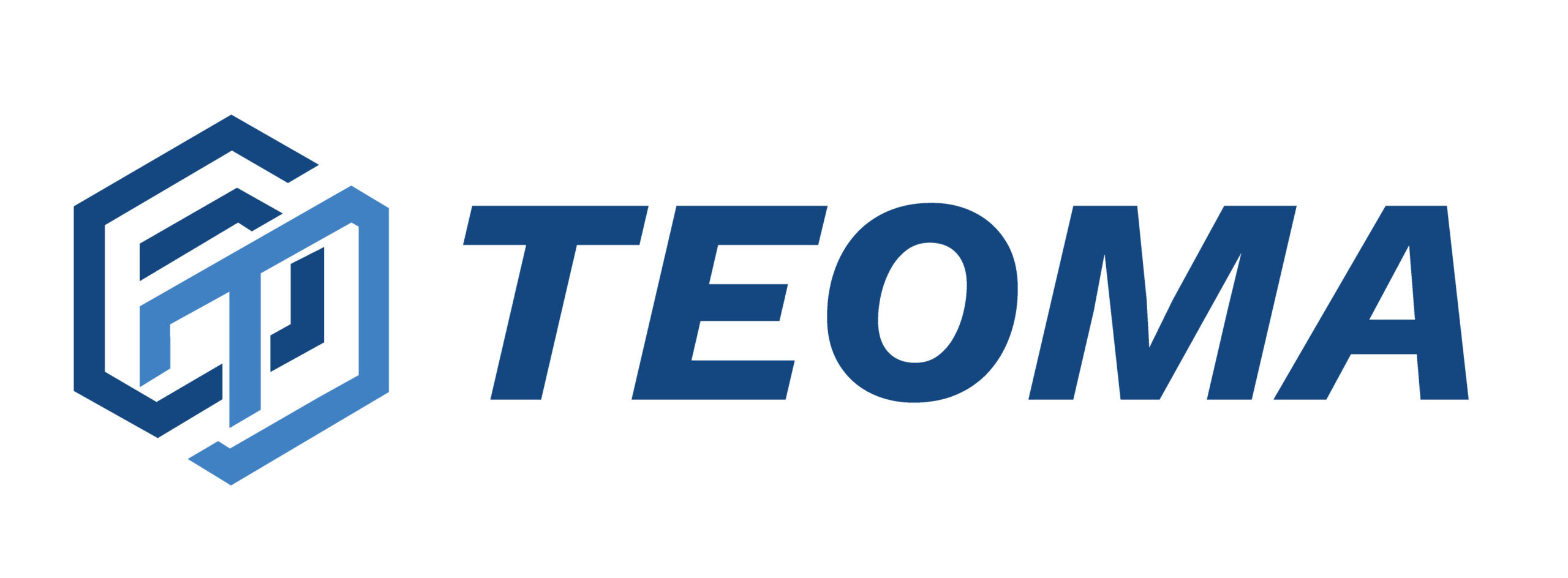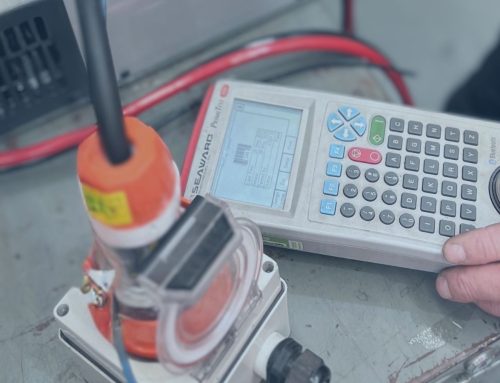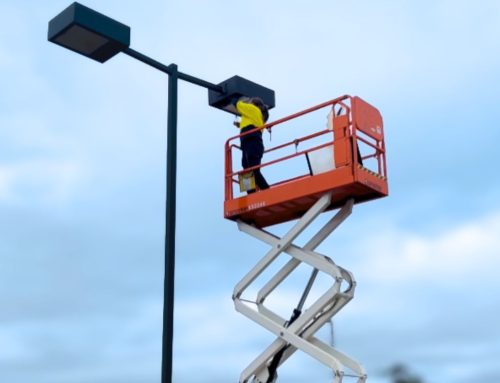Cable hauling is a fundamental process in the installation and maintenance of electrical and communication systems.
It involves a civil electrical contractor pushing cables through conduits, ducts or other designated pathways to establish connections and ensure proper functioning. The efficiency and safety of a network largely depend on the cable hauling process.
Types of Cable Hauling
1. Manual Cable Hauling
Manual cable hauling is a traditional method where cables are pulled by hand or with the assistance of simple tools like ropes, grips and sheaves. This method is suitable for short distances and lighter cables.
2. Mechanical Cable Hauling
Mechanical cable hauling involves using machines, winches or capstans to pull the cables through conduits or trays. These machines provide more power and control, making them suitable for longer distances and heavier cables. They can significantly increase productivity and reduce manual effort.
3. Hydraulic Cable Hauling
As the name suggests, hydraulic cable hauling systems use hydraulic power to pull cables. They offer high pulling force, making them ideal for hauling heavy and large cables over considerable distances. Hydraulic systems are known for their efficiency and precision.
4. Electrical Cable Hauling
Electrical cable hauling involves using electric-powered winches or capstans to pull cables. These systems offer consistent and controlled pulling, making them suitable for various cable types and sizes.
5. Pneumatic Cable Hauling
Pneumatic cable hauling utilises compressed air to power the hauling equipment. Pneumatic systems are often used in environments where electrical power is not feasible or safe and provide adequate pulling force.
6. Pneumatic Cable Hauling
Cable jetting involves a civil electrical contractor using compressed air or water to propel a cable through ducts. This technique is particularly useful when hauling cables through pre-installed conduits or pathways, reducing the need for manual hauling.
Techniques for Efficient Cable Hauling
1. Proper Planning
Thorough planning is essential before starting the cable hauling process. This includes understanding the cable route, assessing the conduit condition and calculating the pulling force needed.
2. Cable Lubrication
Applying suitable cable lubricants helps reduce friction, making it easier to pull the cable through conduits. Lubrication also helps protect the cable’s jacket and insulation during the hauling process.
3. Tension Monitoring
Monitoring the tension during the hauling process is crucial to prevent cable damage. Excessive tension can lead to stretching or damaging the cable, affecting its performance and longevity.
4. Use of Proper Equipment
Selecting the right hauling equipment based on the cable type, length, and weight is critical for a successful cable hauling operation. Using inappropriate tools can cause delays, damage the cable or even pose safety risks.
5. Safety Measures
Implementing safety measures, such as wearing appropriate protective gear, ensures the safety of workers during the cable hauling process.
Cable hauling is a vital aspect of establishing a reliable electrical and communication infrastructure in civil works. Employing the right cable hauling method and following efficient techniques can enhance productivity, minimise cable damage and contribute to the overall success of the project.
If you are in need of electrical cable installation services in Melbourne, get in touch with our friendly team today.



